Valiasr Street in Tehran: Map, Trees, Photos, What to Do
Being one of the longest streets with planted trees in the Middle East, the renowned Valiasr Street is regarded as one of the symbols of the capital, Tehran. The spectacular Valiasr Street in Tehran is carpeted with tall plane trees and is 18 kilometers in length, stretching from the South of the city in the Tehran Railway Station to the North in the Tajrish Square. This famous lengthy street is also one of the oldest and longest streets in the world, with aged trees bearing Tehran’s precious memories.
About Valiasr Street Tehran
Valiasr Street in Tehran is one of the most popular routes that connects the southern section of the capital to the northern and vice versa, allowing easier access to public areas. Not only has Valiasr attracted countless visitors for being the longest street, but most importantly for the tall picturesque plane trees planted on the two sides of the street. During autumn, this lengthy street changes color into a blend of vibrant orange and red colors, which brings about a striking and autumnal ambiance.
Since the origination of Valiasr Street until now, this street has been a marked place for sightseeing. Along Valiasr Street, you can find many cultural and commercial centers, large public parks, shopping malls, museums, restaurants and cafes, entertainment centers, and other tourist locations.
Due to the street’s old age and booming tourism, Valiasr Street in Tehran was registered in the list of national monuments of Iran on January 7th, 2010. Moreover, in the old days, passing the street for the common people was forbidden, and only government officials utilized the street. Nonetheless, today, Valiasr Street is considered a suitable place for shopping, recreation, and walking for all the residents of the capital. In addition, some of the best places for sightseeing in Tehran are located on this famous street.
What Is The History of Valiasr Street?
The construction of Valiasr Street dates back to the era of Minister Reza Khan (Reza Shah Pahlavi, the former king of Iran) during the Qajar period. Almost a hundred years ago, Reza Shah began buying land, such as parts of Behjat Abad in Shemiran (a district in the center of Tehran). Later, he bought the palace belonging to the daughter of Naser al-Din Shah Qajar. At the same time, Reza Shah had begun constructing a street in Shemiranat County in Tehran province to make access to the palaces in that area more efficient.
Before the reign of Reza Shah, during the Qajar period, palaces were built on the North and South of the Capital via the Qajar kings like Ahmad Shah. Because of the location of the Marble Palace (Marmar Palace) in Tehran, Reza Shah decided to extend the route leading to the palaces in the Northern part of Tehran heading to the Marble Palace. When he sat on the throne, Reza Shah named this route “Pahlavi.”
Therefore, before the Islamic Revolution of Iran, Vali-e Asr Street was called the Pahlavi Road, which was named after the Pahlavi Family. Previously, the route was a minor dirt road for local crossings.
From then on, the renowned Valiasr Street started its formation, and in the initial stages of the construction, planting Plane trees and building a stream also began on this route. Seven years later, Tehran municipality paved this street. In 1930, asphalting was introduced in Tehran’s urban development system, and a year later, Valiasr Street was asphalted.
In 1938, a rose bush was planted on both sides of Valiasr Street, two meters apart, and between two saplings, and two wells were dug in the Zafaraniyeh area, which is now an upmarket neighborhood in Tehran, for irrigating these newly planted trees.
As mentioned earlier, the street was only for the use of government officials. However, from 1940 onwards, access to Pahlavi Street was made possible for ordinary people. With the presence of some neighboring allies in Iran and their entry into the Pahlavi Steet, the route was then made permissible for the general public, and people were able to walk around the Behjat Abad gardens.
Valiasr Street Trees
By measuring the length of Valiasr Street, it can be estimated that about 20,000 plantain trees were planted on this street. However, in various articles, it is claimed that the number of plane trees reaches up to 60,000 trees, but there is no accurate information about the correctness of the number of trees.
What Can You Do in Valiasr Street?
There are multiple places available for the public on this beautiful grand street, from cultural and artistic centers to commercial and recreational centers, as well as historical mansions. Some of the best tourist locations in Tehran can be found on Valiasr Street. Here are some of the best public areas and historical buildings we recommend while visiting Valiasr Street.
Ferdows Garden and Cinema Museum of Iran
The Ferdows Garden and The Cinema Museum of Iran are some of the most outstanding locations to visit on Valiasr Street. These two locations are not far from the Tajrish Square. In the middle of Ferdows Garden, there is a majestic mansion that dates back to the Qajar period. In the past, this mansion was used as a venue for national and artistic celebrations. In 2002, the National Cinema Museum was established in the Ferdows Garden. Howbeit, in 1998, the museum was supposed to be built on Lalezar Street in Tehran, but the construction plan was changed, and the museum moved to the Ferdows Garden four years later.
Visiting hours: every day from 9:00 AM to 6:00 PM, On Fridays and Public holidays from 2:00 PM to 7:00 PM, closed on Saturdays.
Ticket price: 20,000 Tomans for foreign citizens.
Daneshjoo Park and the City Theatre
Daneshjoo Park, which translates to the college students’ park, is an urban park in Enghelab Street, Tehran. Located in the center of the park is the City Theatre, which was built with the initiative of the Queen of Iran during the Pahlavi Dynasty. This place is great for those interested in theatre art. The City Theatre is one of the most memorable buildings in the capital, and it specializes in the field of performing arts.
The Daneshjoo Park is situated on the southeast side of the Valiasr Crossroads and at the intersection of Valiasr Street and Elkhebal Street. This part of Valiasr Street in the center of Tehran is one of the busiest parts of the city. Valiasr Intersection has good access to educational and university faculties.
The architecture of the City Theater building depicts authentic and traditional Iranian architecture, and with its modern design, the structure has been admired by architectural engineers from all over the world. By strolling around in Daneshjoo Park, you can enjoy observing the theatre’s masterful architectural design and take the chance to watch a performance in the halls of this popular complex.
Marble Museum
The eccentric Marble Museum is one of the historical monuments of Tehran located near Vali-e Asr Avenue. The museum was named during the Pahlavi Dynasty. The building was registered in the list of national monuments of Iran on June 30, 1957.
By the end of the Pahlavi dynasty, the purpose of the Marble Palace was changed, and it became a national museum. However, after the Islamic revolution, this building was granted to the government institutions and was no longer for the use of the general public. Since 2018, the monument has opened for the public again as a museum. But keep in mind that this building is not always open throughout the year, so please check opening hours before visiting.
Restaurants and Cafes
There are numerous food places you could pick for dining while visiting the street. Restaurants with traditional Persian cuisines, fast foods, and coffee shops are all there for you.
Didaniha Restaurant
This elegant restaurant offers a variety of Iranian dishes and kebabs to its customers. The Didaniha restaurant is in the category of expensive restaurants on Valiasr Street, with live music performed for the diners in the restaurant. The most popular dish in the restaurant is Chelo Kebab.
Address: Valiasr St., in front of Sa’i Park, Didaniha restaurant.
Cluna Franchise Snack Store
Cluna snack store provides all sorts of snacks from the early hours of the day, which is one of the basic needs of big cities. The store is open from 7:30 a.m. and serves both vegan and non-vegan sandwiches, salads, croissants, cookies, fruit juice, coffee, and tasty desserts. There are two branches of Cluna in Valiasr Street.
Valiasr Street Map
Valiasr Street, a north-south Street, is located in a long line in the east-west center of the capital. The location of this street on the map of Tehran is as follows:
Final Words
Valiasr Street is a place that no matter which places you plan to visit in Tehran, you must walk along this stunning route and drop by its shops and cafes. This street is one of the most memorable and oldest streets of Tehran, and the trees planted in the street have observed the history and the growth of Tehran city. Being one of the busiest streets in the country, the route has attracted many travelers. So, if you are ever asked what is the longest street in the Middle East? You know it; it’s the magnificent Valiasr Street in Tehran!
Are you planning to travel to Iran? Then read the things to do in Tehran blog and check out our Iran tours.

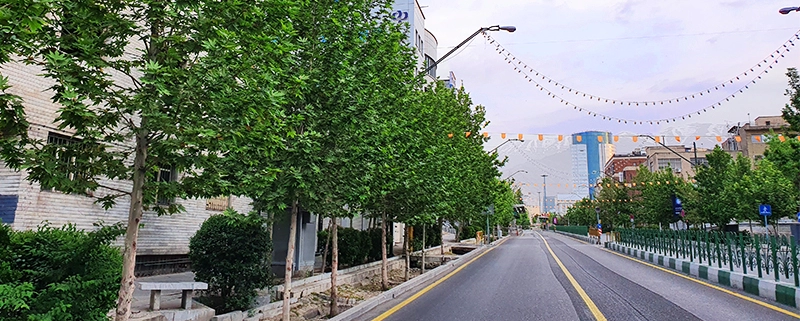

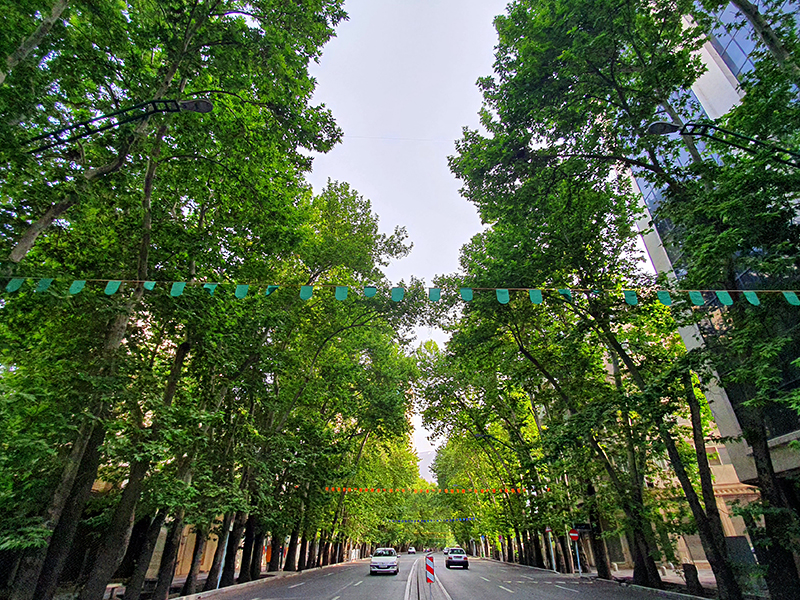
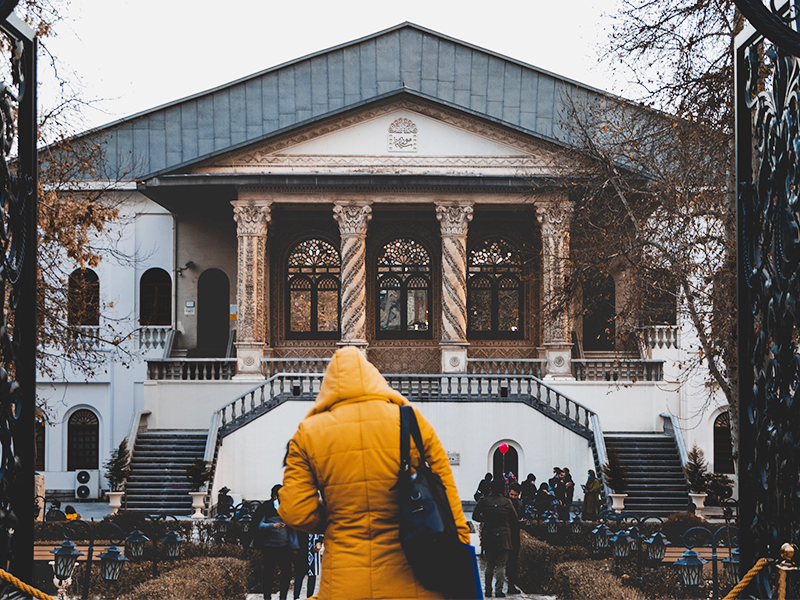
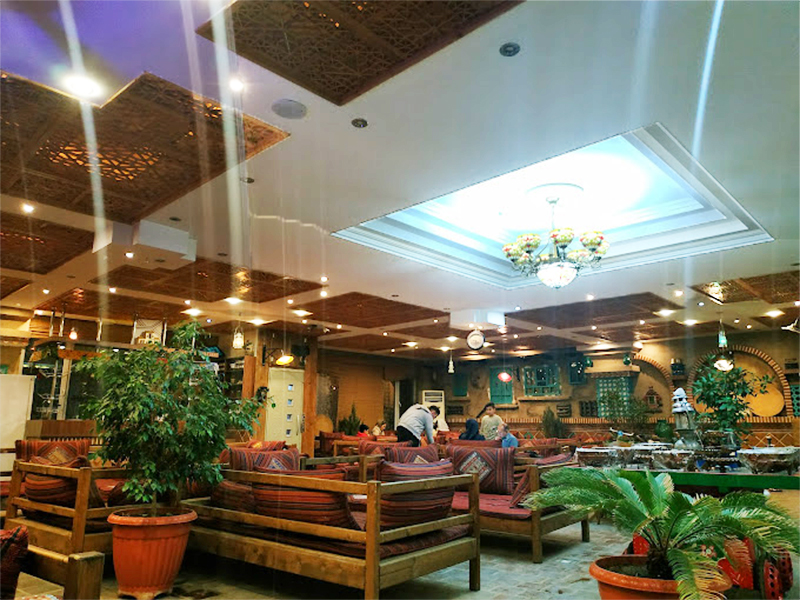
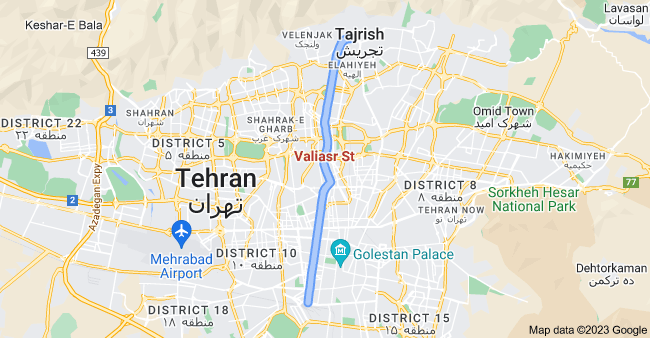




Leave a Reply
Want to join the discussion?Feel free to contribute!